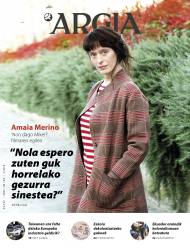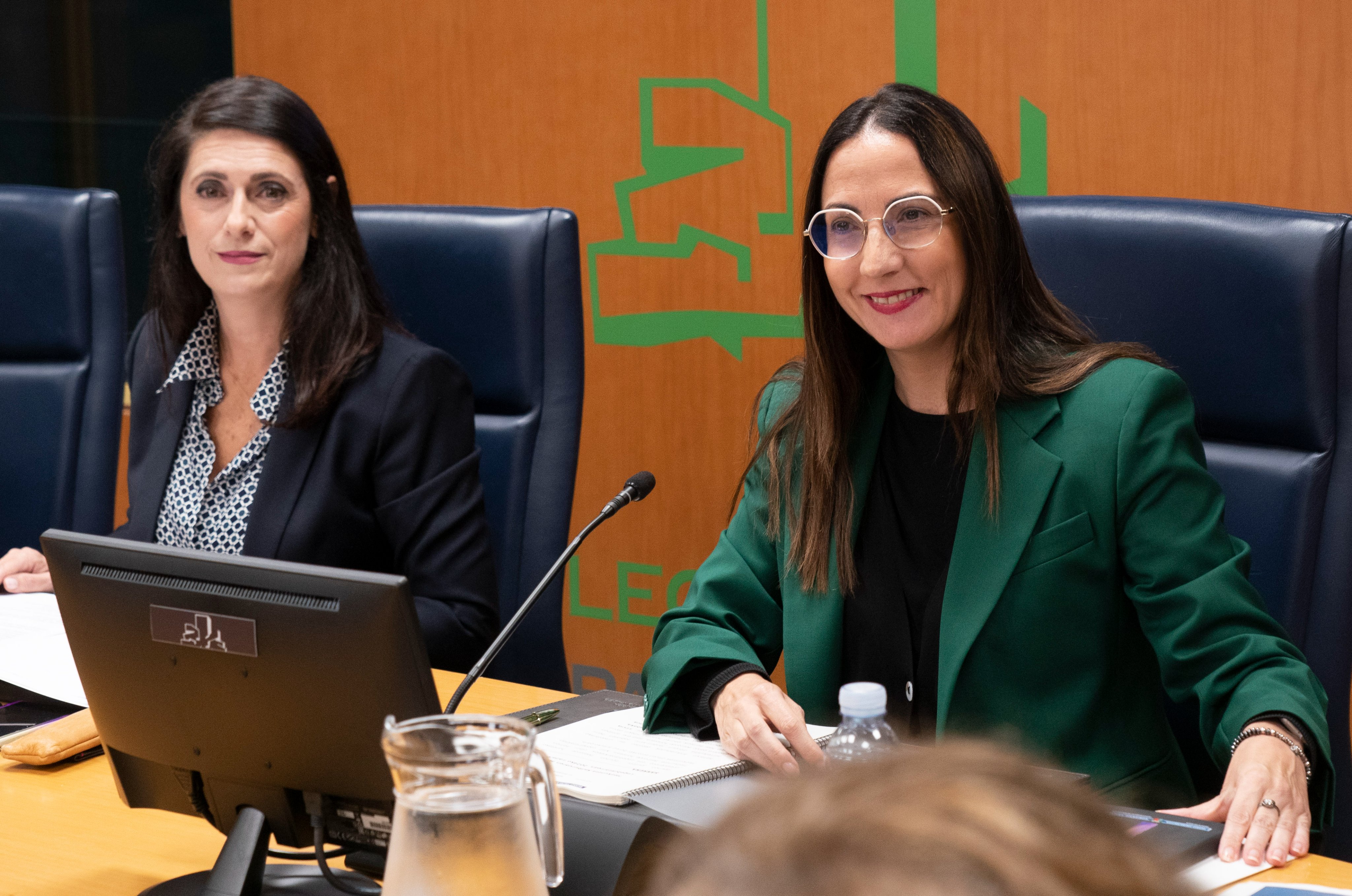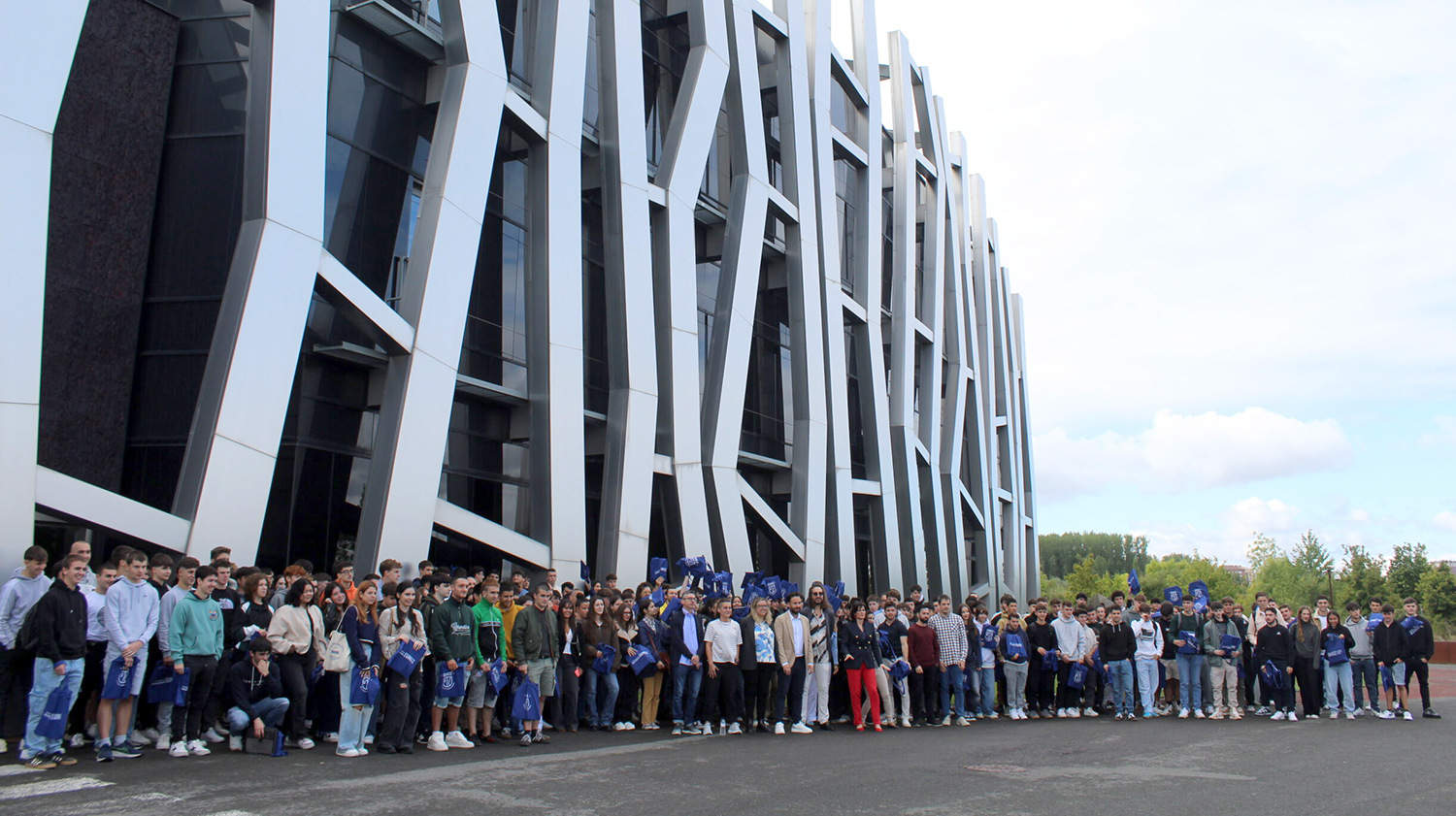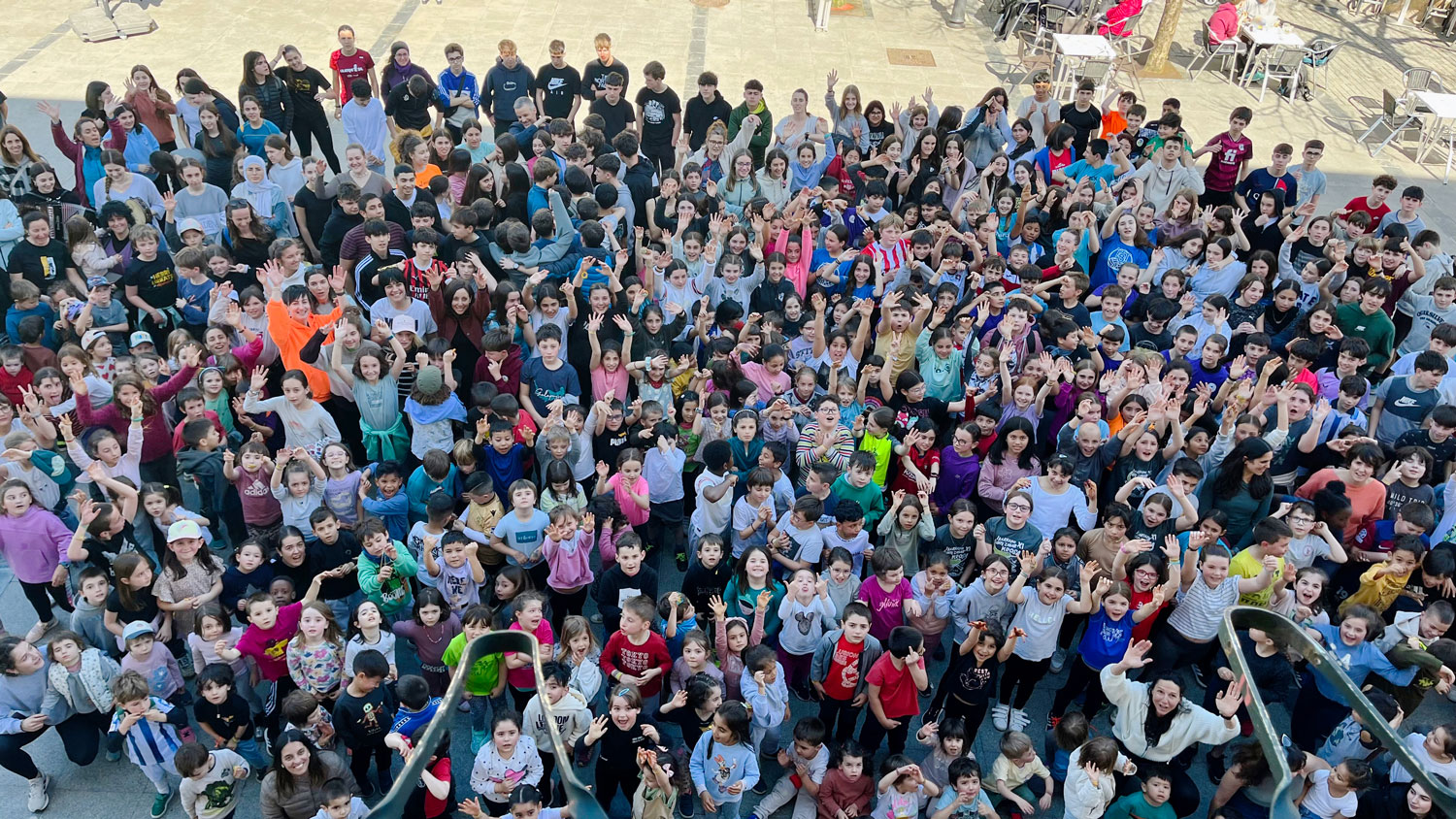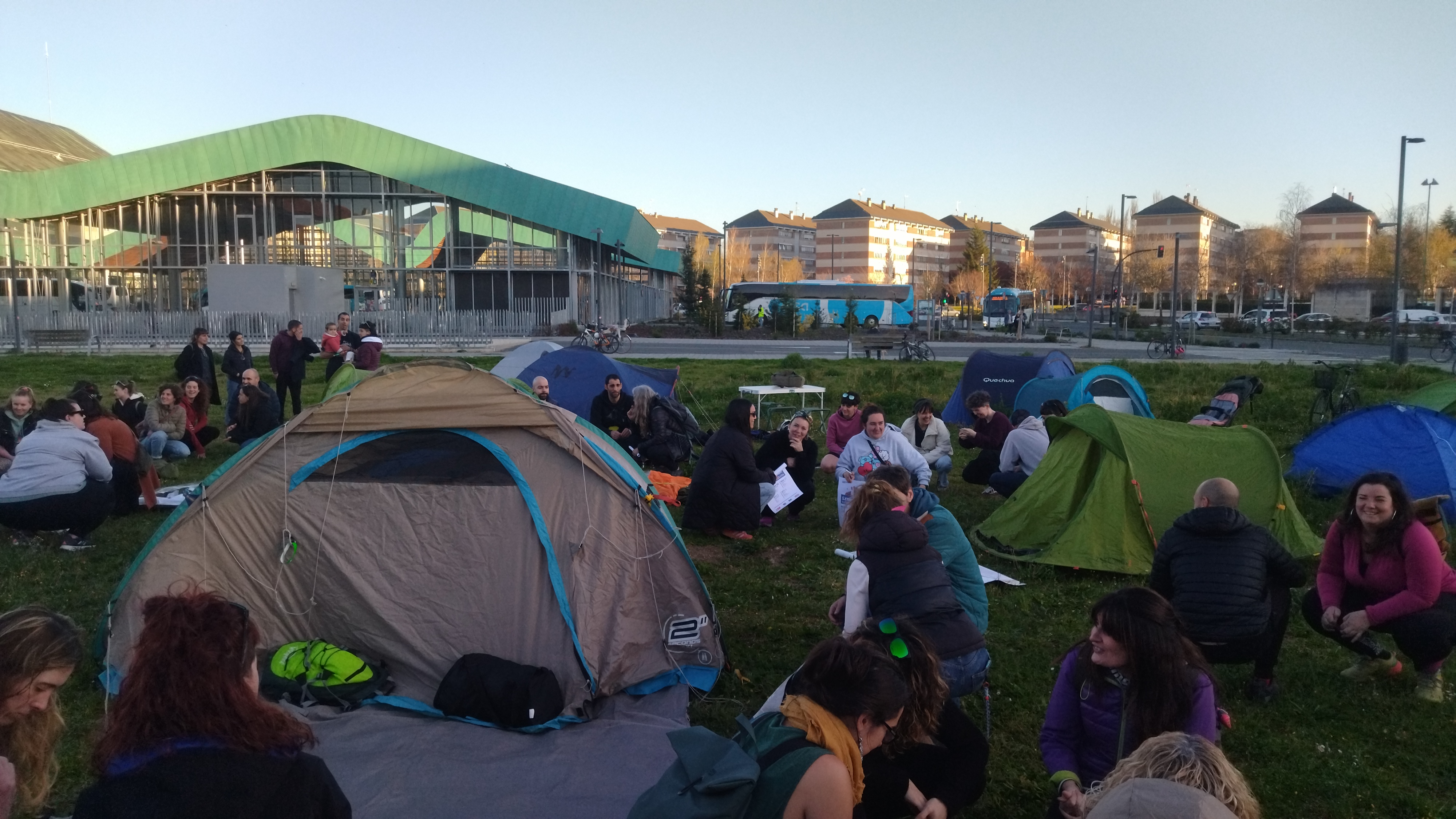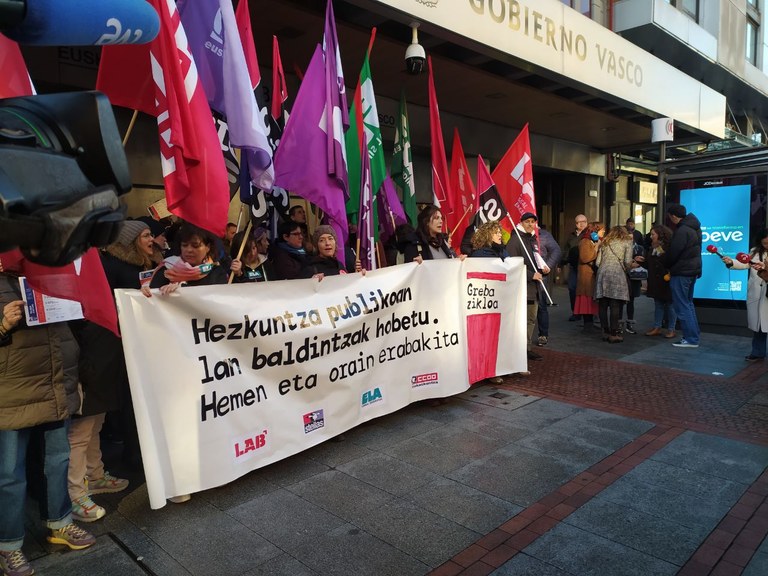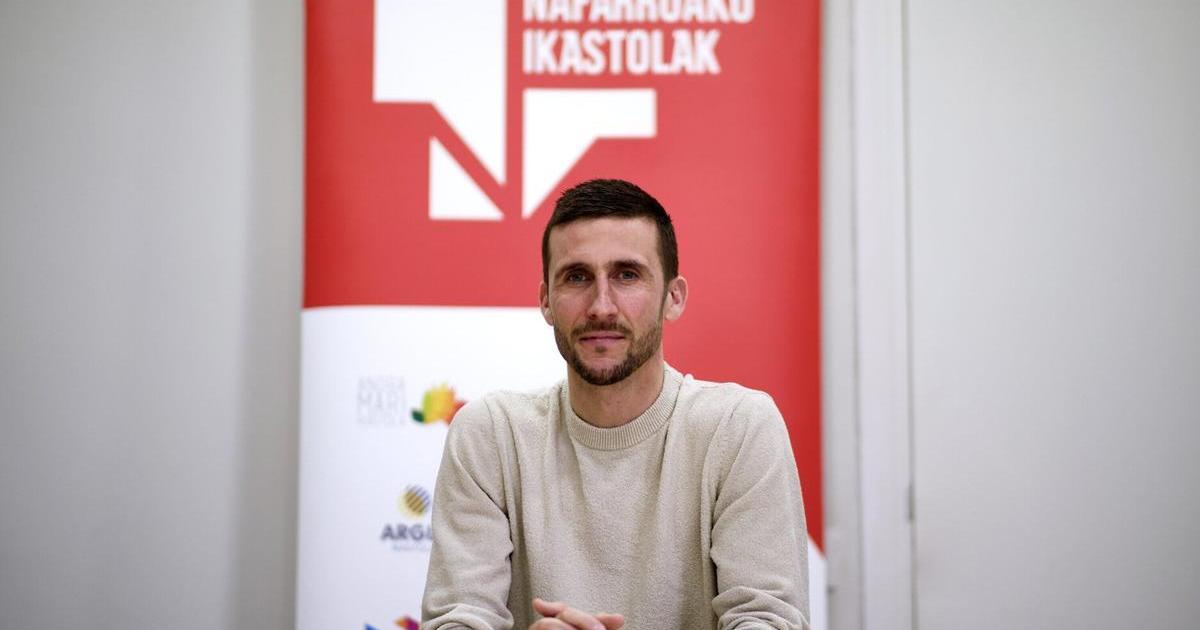How to undo the Eurocentric and White School
- The West has colonized and eliminated global knowledge, imposing a limited and distorted story, a lack of representation of many peoples, as well as the expectations of teachers, which has a significant impact on the self-esteem and school trajectory of the students of minority groups. Four activists in this report speak of the keys to educational decolonization, coexistence spaces, strategies to overcome racism and gypnophobia, the need for specific protocols and plans, the need to analyze our attitudes, segregation policies and channels of family participation in school.
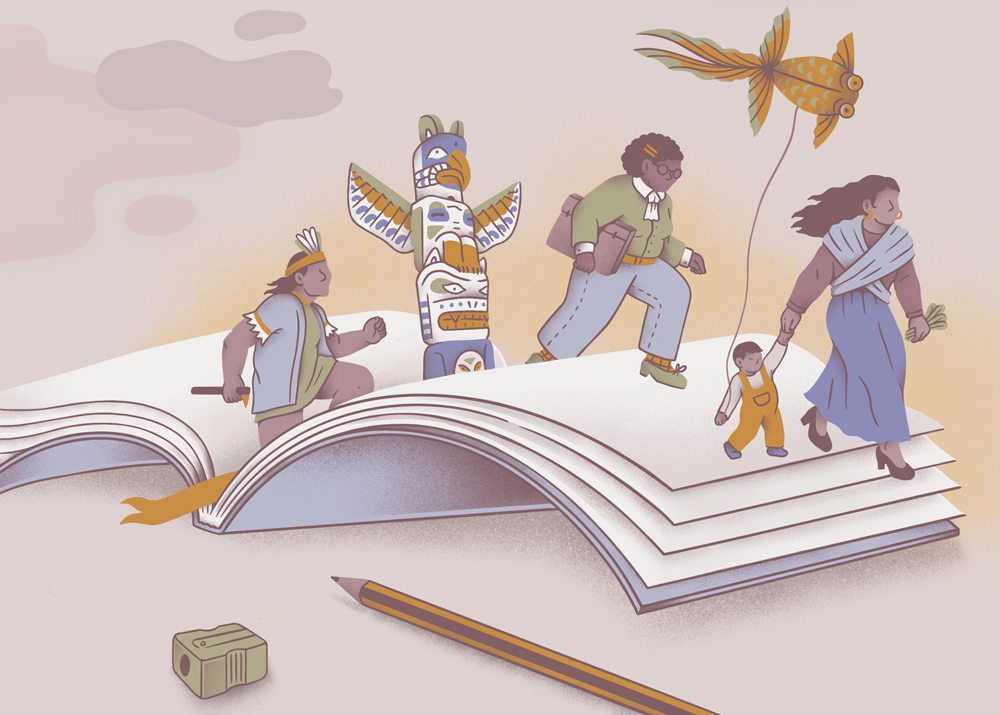
We come from a paradigm of integration that has caused many of our students to qualify as ‘others’; instead of sharing our cultures, we have disintegrated the cultures of others, more often than desired.” With this presentation, the program organized by the feminist secretariat of the union STEILAS has begun. Four women attended the talk: Tamara Claveria Gimenez, vice-president of the Association of Gypsy Women of the Basque Country AMUGE; Jeanne-Rolande Dacougna, member of the anti-racist feminist collective Garaipen and of the Association of Descendants of Africa and Africa of the Basque Country; and Irati Barriocanal Martínez and Natasha Rueda Cardenas
“It is necessary to include in
the curriculum gypsy people and their knowledge, because we have many interesting things to convey. We have to value our culture and put to the forefront the positive benchmarks that exist in the Roma people, so that the imaginary that we have in our head, so driven by the media, is not perpetuated,” says Tamara Claveria. In fact, the conclusion of an exclusionary resume is that the Gypsy student has very low self-esteem and believes that he will not be able to finish school successfully. “For him, graduate school is the ultimate goal he can achieve, because it is the message he regularly receives. I wanted to study Bachiller and I went to middle school because it seems that the Roma don’t have the ability to respond to a standardized curriculum.”
In general, the relationship between the Roma population and the school is clarifying: In Claveria’s words, although they know that the school is compulsory, they also know that the school will not guarantee them employment, “because the Roma are not hired in this society”, so in this context the Roma student does not feel the school. “For you the most important thing is work, for that you are trained and your social status depends on the work you have, but for us that does not exist, because we are not going to use ourselves, and the value and social recognition it gives us to be part of our community.” So another curriculum is so important. “One of the most important things about learning is that it helps you to dream, to transform difficulties into opportunities, and that’s what we need from the curriculum, a curriculum that humanizes speech because racism has dehumanized us. Let the persecution suffered by our people be known from a young age, so that it is not repeated because it must first be told: our history must be part of the curriculum, it is a debt to our people. And to tell our story from an anti-racist and feminist point of view, we don’t want the paternalistic perspective to prevail again.”
Dacougna: "If when we talk about the culture of these students everything is negative, or never appears in the textbooks, how are they going to build a positive self-perception? They need positive mirrors for self-esteem, to feel part of this society."
Jeanne-Rolande Dacougna has also stressed the importance of highlighting minority cultures in
educational material for negative self-perception, but considering that “bad” is as harmful as not appearing: “When talking about these students and their culture, everything is negative, or never appears in the textbooks, how are they going to build a positive self-perception? They need mirrors and positive benchmarks to build self-esteem along this path and to feel part of this society. The image we often have of these students is that they are victims, that they have needs or that they pose a threat to the system, because we do not know very well how to materialize equal opportunities for all, because sometimes there are not enough resources, or sufficient capacity to do so, sufficient will…”.
To understand the eurocentric, racist and chauvinist hegemony of current knowledge, Dacougna recalls that it is the result of a historical process in which the knowledge of many peoples of the world has been removed to put the West at the centre of knowledge. “They removed the European witches to remove the knowledge of women; with the Arabs and Jews living in Al-Andalus, they burned their libraries and expelled them from Europe, they did ethnic cleansing. They left Europe and in Africa, America and Asia, genocide and epistemicide spread, destroying the knowledge of the invaded peoples. The justification for this was that they were barbaric, delayed, and that Europeans needed to civilise. Notice, some textbooks still talk about the discovery of America, what will the discovery be like if there were already people in it? Another example: If you ask about the Charter of Human Rights, people will tell you that it is invented by Europeans, but the first human rights charter dates back to the 13th century and was received by the Mali empire.” In addition to eliminating the knowledge of other peoples, the process of colonization of knowledge has two other branches: to appropriate this knowledge (medical knowledge of several countries has been taken and patented by pharmaceutical companies, explains Dacougna) and to disregard the knowledge of the other peoples. “This is how hegemony is built, which is rooted in education, not only in Europe, but also in African universities where the West dominates the curriculum, where the world elites are formed according to that eurocentric knowledge.”
In the same way that awareness is gained in the South and work is being done on the paradigm shift gradually, Dacougna considers it important to visualize the knowledge of the peoples of the world and introduce them into the curriculum, opening the doors to other stories, because it will enrich all students, even those we call “autochthonous”. The school should open the doors to other stories, to the knowledge that is built from activism and social intervention, to the knowledge of women, “for universal knowledge to be replaced by multiversal”.
Clavería: "You can't make the Gypsy student feel guilty all the time and have them believe that the problem is the same, so that all people feel part of this dream the same way when the structure is not prepared"
The attitudes and expectations of the teachers, fundamental “It is curious that nobody
questions that the patriarchal system is ours, and that we have assumed various macho attitudes, but when I say that it is a racist system and that racism is present in the classroom as in society, the educators question me that they do not, that all students are equal for them…”, says Tamara Claveria. “It is racism to think that having a Roma child in the classroom will be a source of conflict; and when the family of a Roma student is called to school, because it gives them fear of meeting with the family with half of the school, it is also racism, and that the relationship with them is hierarchical, for example when the parents are told “this and this is what they have to do, because we know what needs to be done”.
The first step is awareness of our prejudices and stereotypes, because what we don't do is ask the students: “We want them not to have racist attitudes when adults have them permanently,” Claveria said. It even denounces that they discriminate in the name of multiculturalism: “Before we were told that we were less Roma, and now the discourse is that the Roma are another culture and we have to treat ourselves differently, in practice it is the same discrimination. Look at recess, Gypsy students aside, then other students playing in the middle and further away girls in the cave. It breaks these dynamics, plays cooperative, educational games… because school is essential in personal construction. It is not possible to make the Roma feel guilty all the time and get through the problem so that when the structure is not prepared all people feel part of this dream in the same way.”
Jeanne-Rolande Dacougna has put the pigmalion effect on the table: in short, when the educator has high expectations in the students, the students get better results than when the hope is low. That is, the teacher’s expectations on the student will condition the student’s success, “and if we act with prejudices, if the expectations with the migrants and gypsies are automatically low, thinking that they come from a regrettable educational system or because they do not have enough levels will worsen the quality of education here, we will see them as problems, as people who are not able. If we have all this internalized, it is difficult for these students to have higher expectations and, therefore, it will also influence their attitude.”
Dacougna adds an interesting key: “Some children, even if they are of foreign origin, have been born here. We cannot continue to insist on their foreigners; it is important to highlight and reinforce that they are part of here”.
Natasha Rueda says that we have to constantly renew what we know and what we do, because customs, rhythms, dynamics, concepts… are not the same for each other. “When we are teaching, do all the students understand us well? And their families?” Managing diversity “is not about making multicultural holidays and eating kus-kusa because we have Muslim students,” says Rueda: “We have to attend to the individuality of each student, because each student will have concrete references from their family, their people and their region, and perhaps our Moroccan student does not eat the cous. It does not require enormous research work, but ask, know how to listen.” Rueda puts the real participation of the students at the center and speaks everything, “the conflict should not be hidden, but is an opportunity to work what happens”.
Dacougna proposes a broader view: the school is within a given society, what society do we want to build? Let us act to achieve a fairer society. “It is not about becoming heroic, but we can take care of our attitude on a daily basis, so that what we do does not support the dependence, discrimination and dehumanization suffered by many collectives. We can do it individually, in our small and shared spaces, also collectively, taking into account that people are not closed identities, that cross many social factors and that the struggle has to be intersectional on the path of that utopian society”.
Clavería: "Nobody questions that the patriarchal system is ours, that we have a series of chauvinist attitudes internalized, but when I say that racism is present in class, educators question that they do not."
The interlocutors have called for the need for resources, training, concrete plans to work and manage diversity, among other things, so that the centres that
need it most are more resources and so that all students have educational resources to ensure equal opportunities. Tamara Claveria has pointed out that a clear imbalance has been detected in the pandemic and confinement, and that many students who live in poverty and have no space to study do not receive the necessary resources. “In some centres, a limited number of SIM cards have been distributed to students who, according to the teachers, would have been better used. How is that possible? They have once again violated the rights of certain students, because they have foreseen that these students will not make good use of the resource, that is the image of Roma students.”
On this subject, the interlocutors consider the training of teachers important, as well as the existence of plans that define how to work together and diversity, rather than leaving them in the hands of the will of the center. “The educational guide with specific criteria is fine, so that we can have the opportunity – Irati Barriocanale has explained – to review from time to time. When there is a conflict, for example, to look at the guide and evaluate it, to see if we are following its criteria, what has made us flee… This theme has to take a place in the organigram of the center, not only in the discourse; a commission, a reception protocol, criteria to direct the families, measures to integrate the different languages of the students… All this has to be defined”. In this sense, Claveria sees the need to make a diagnosis of the situation of the Roma people, with data on the school trajectory of Roma students, in order to develop concrete educational plans based on this reality.
They claim that specific training on the subject is not only provided for teachers, but also for students since childhood. “We have to create awareness since childhood to, for example, have a child’s partner that draws attention to another child because he has had a racist behavior,” says Claveria.
Barriocanal: "When the school gets in touch with families, it tends to be because something goes wrong. We try to share positive things with families, and after those attempts, experience says yes, parents want to participate."
How to build the community, how to involve families Everyone
has come together: the community is the basis for educating on diversity. “When my family came here,” Claveria explains, “potatoes and gypsies were helping each other, but we are no longer together in the neighborhoods and the struggles have been very individualized: each fighting for his own, and that is not the way.” Dacougna recalls the word “ubuntu” they use in Africa: “Ubuntu means that I am part of a community; the communal vision is at the center. In the West, however, the vision is very individualistic, people like mushrooms, and it's not real, because we need a community that embraces us to grow."
In this regard, Irati Barriocanal is convinced that leisure associations such as Goian are part of the school: “It is an interesting exercise to open the doors of the center and foster relationships with the accomplices that surround us: neighbors, associations of the environment... to walk the road together. We live apart and meeting spaces are essential to foster mutual knowledge and overcome stereotypes. In addition, our leisure partnership and non-formal education in general offer greater flexibility to, for example, make families quieter and more informal welcome and build more horizontal relationships. Often, when the school gets in touch with families, it's often because something goes wrong and can put pressure on some parents, especially if they don't master the language or they don't understand how it works well. We try to share and listen to positive things with families. In short, all parents want the best for their children, and experience tells us that after those attempts, parents do, they want to participate.”
However, in education, the relationship with families is in decline, according to Dacougna: “In short, there is only the School Council for the participation of families.” As Barriocanal said, it is important to approach not only when there are difficulties, but also to welcome families, share the good, help and encourage participation in school. “And if we have a conflict with the family, it is important to differentiate what is important (where the border is) from what is not so important and what we can negotiate with the family,” adds Natasha Rueda.
Dacougna has highlighted the precarious living and working conditions of many migrant parents: “If you’re working in a house all day long, it’s not easy to participate in school, and yet I’m going to say that the father who feels good and nice is going to participate yes. And there we will all win, because we have a lot of experience in the participation of many of us here, we bring our knowledge and we can contribute, we are not people who just see.”
Rueda has put on the table an interesting experience: in an educational center of great diversity, the association of fathers and mothers has recently seen that there was a lack of representation of many collectives and have launched a process to turn it around. The key has been to obtain references in each group, the fathers and mothers who are going to work as a nexus, encouraging the participation of the different groups and achieving a more balanced representation. “Talking, talking and talking, knowing each other is essential to know that this kind of parent has not received the information and that it has to be transmitted, that the other person does not understand well and needs help…”.

Doomed to segregation?
All of this is not worth much, if we moisturize the students in bubbles, segregating them by their origin and socioeconomic factors, which makes the flowering of diverse communities impossible. Tamara Claveria says that in the past they only created schools for gypsies, and that today this reality is maintained, “not in form, but in practice”. It indicates that the linguistic models themselves are segregators. “Model A is segregator,” and expressed satisfaction at the recent historic demand in the Otxarkoaga bilbaíno district: “Finally we will have a model D school in the neighborhood, but for the claim to have an echo we have had to join the paiak”.
Dacougna added that ghetto centres that only have low-income students are often demotivated, thinking that “I’ve been touched brown.” “The teacher who lives in this way will try to leave this center as soon as possible and will have a teacher followed in the center, with the consequent damage to the school project and to the students themselves. In the end, the difficulties are accumulating and these young people are not going to finish their studies, what we had previously deduced will become a reality.”
Claveria is clear: the school of our children is the school of the neighborhood in which we live and we have to fight to make it the best school. However, we cannot forget that housing policies are also segregating, says Dacougna: “If we say we want an integrated school in the neighborhood, but if it is segregated by neighborhoods, the problem is at the starting point. Where do people live with fewer resources? Where do the Roma live, where they are racialized and migrants? And when there is a greater cultural diversity in some neighborhood, we see that as the students of the mentioned groups arrive, the others leave the center to take them to another place. We have ghetto schools of ethnic minorities and ghettos of boys and girls with eight Basque surnames. This is also the responsibility of educational policies: to guide students towards educational institutions taking into account balance, to ensure equal opportunities and to demonstrate that we want a truly inclusive society.”

Seaska Sarean inklusio egoeran dauden 165 ikasleei laguntza bermatzeko hasi dute kanpaina, antolaketa propioa eratuta. Frantziako Hezkuntza Ministerioaren jarrera salatu dute kanpaina aurkezteko prentsaurrekoan, behar bereziak dituzten haurren inklusiorako baliabide... [+]
Hezkuntzari buruzko legediak, Ekonomia Lankidetza eta Garapenerako Erakundearen eta planetako jaun eta jabeen aginduei jarraituz, ikasleek ikasketa etapa bakoitzaren amaieran “irteera-profil” jakin bat izatea bilatzen du. Ez pentsa profila zerbait itxia eta bukatua... [+]
Non daude talka handienak eta zenbateraino dago gertu akordioa, EAEko hezkuntza publikoko irakasleentzat? Greba ziklo luzeari amaiera emateko sukalde lanaren eta gakoen inguruan mintzatu gara, STEILASeko bozeramaile Haizea Arbiderekin. “Grebak bertan behera utziko... [+]
Nolako esperientzia eta ondorioak izan dituzte iraganean bateratu ziren ikastetxeek? Zein berme eskatzen dituzte orain fusio fasean murgilduta daudenek? Bi ikastetxek bat egiteko prozesuan, aintzat hartu beharreko gakoak zein diren aletu ditugu, etorkizunean fusioen politikak... [+]
Astelehen arratsalde-gaueko negoziaketa bilera luzearen ostean aurreakordiorik lortu gabe, EAEko hezkuntza publikoko irakasleak grebara deituak izan dira berriz ere; urtea hasi denetik bosgarren greba eguna izan da asteartekoa. Lanuzteek %75eko jarraipena izan dutela adierazi... [+]
Gure Haurrak ere Badira ekimenak deituta, Israelek azken egunetan Gazan hildako gehienak haurrak direla salatu dute. Gobernuei eta erakundeei Israelekin harreman oro etetea ere exijitu diete, "genozidio honen aurka argi eta tinko" lerratu daitezen.
Hezkuntza Sailarekin hainbat aldiz bildu dira hezkuntzako sindikatuak irakasleen lan baldintzak negoziatzeko. Hitzarmena berritzea, baina, ez dute lortu, eta martxoko eta apirileko bost greba egunetarako deialdia egin diete irakasleei. Lehenengoa astearte honetan izango da.
Nafarroako Ikastolen Elkarteak lehendakari berria du. Oier Sanjurjok hartu dio lekukoa Elena Zabaleta Andresenari. Beste zazpi kide izanen ditu alboan Sanjurjok.









